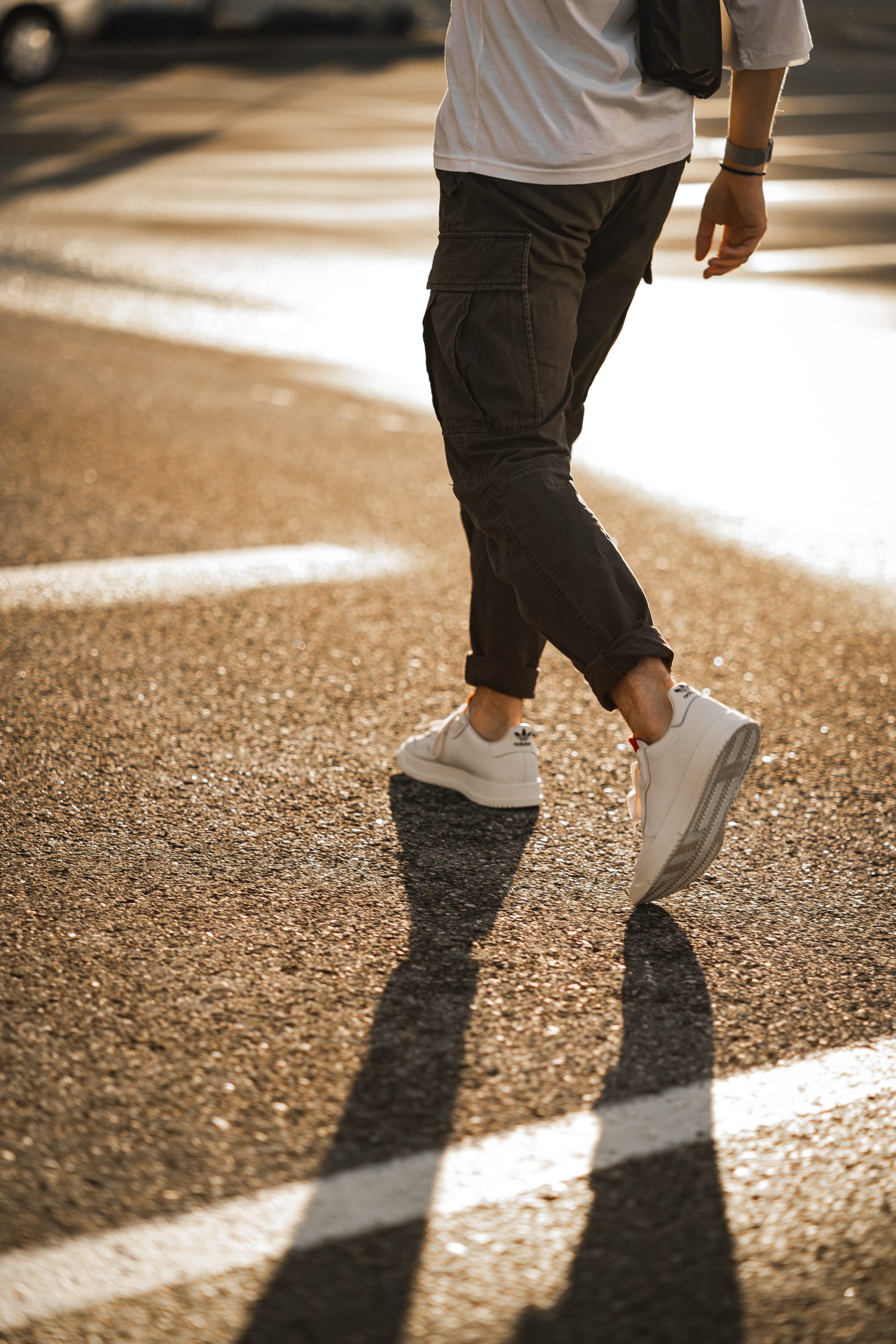Are you tired of feeling limited by your disability? Do you want to build strength and confidence in a supportive environment? Look no further than adaptive fitness! This growing trend in the fitness world is tailored specifically for individuals with disabilities, offering personalized workouts and equipment modifications that make exercising both possible and enjoyable. In this blog post, we’ll explore why adaptive fitness is so important for people with disabilities, how it can benefit your physical and mental health, and where you can find resources to get started. Get ready to break down barriers and achieve your best self through the power of adaptive fitness!
What is adaptive fitness?
Adaptive fitness is a term used to describe the ability of an individual to maintain or improve their physical conditioning in response to changes in their environment or situation. Adaptive fitness can be seen as a key component for individuals with disabilities, as it helps them adjust to their surroundings and remain active and independent.
Adaptive fitness can be broken down into two categories: static and dynamic. Static adaptive fitness refers to the ability of an individual to maintain their current level of conditioning in response to no change in their environment. Dynamic adaptive fitness, on the other hand, refers to the ability of an individual to improve their conditioning in response to changes in their environment.
The benefits of adaptive fitness for individuals with disabilities are numerous and include increased mobility, independence, and overall well-being. Increased mobility allows individuals with disabilities to participate more fully in society and access opportunities they may otherwise not have been able to access. Independence allows individuals with disabilities to live more self-sufficient lives, freeing up time and energy that could be spent on other activities. Increased well-being can lead to decreased levels of anxiety and depression, both common conditions among people with disabilities.
Adaptive fitness is important for individuals with any type of disability, but is particularly important for those who have physical limitations that make it difficult or impossible to perform certain types of exercise or engage in regular physical activity. For example, people who have difficulty walking may benefit from incorporating endurance training into their routine; those who are wheelchair-
What are the benefits of adaptive fitness?
Adaptive fitness is a specialized type of exercise that is designed to improve the overall fitness level of individuals with disabilities. Adaptive fitness has many benefits for individuals with disabilities, including reducing pain and improving mobility. Additionally, adaptive fitness can help reduce anxiety and stress levels, promote better sleep habits, and increase strength and endurance. Overall, adaptive fitness can provide a variety of benefits that are important for any individual.
How can adaptive fitness help individuals with disabilities?
Adaptive fitness is important for individuals with disabilities because it can help them maintain independence and improve their quality of life. Adaptive fitness helps individuals with disabilities maintain mobility, strength, and flexibility, which can help them participate more fully in life and maintain their quality of life.
Adaptive fitness can also help individuals with disabilities reduce the risk of injury. Adaptive fitness programs involve a variety of exercises that can be adapted to fit each individual’s unique needs. This means that the exercises are personalized to ensure that they are safe and effective for each person involved.
Adaptive fitness also helps individuals with disabilities socialize and interact with others. Many adaptive fitness programs involve group activities such as hiking or swimming, which can help people with disabilities connect with other people and socialize in a fun and healthy way.
Conclusion
Adaptive fitness is an important part of building strength and confidence for individuals with disabilities. It helps them to become more independent, increase their mobility and flexibility, and improve overall quality of life. Adaptive fitness can be done through different types of activities such as swimming, biking, rowing, hiking and ball sports. It is important that people with disabilities take the time to develop a personalized exercise routine that meets their individual needs.










